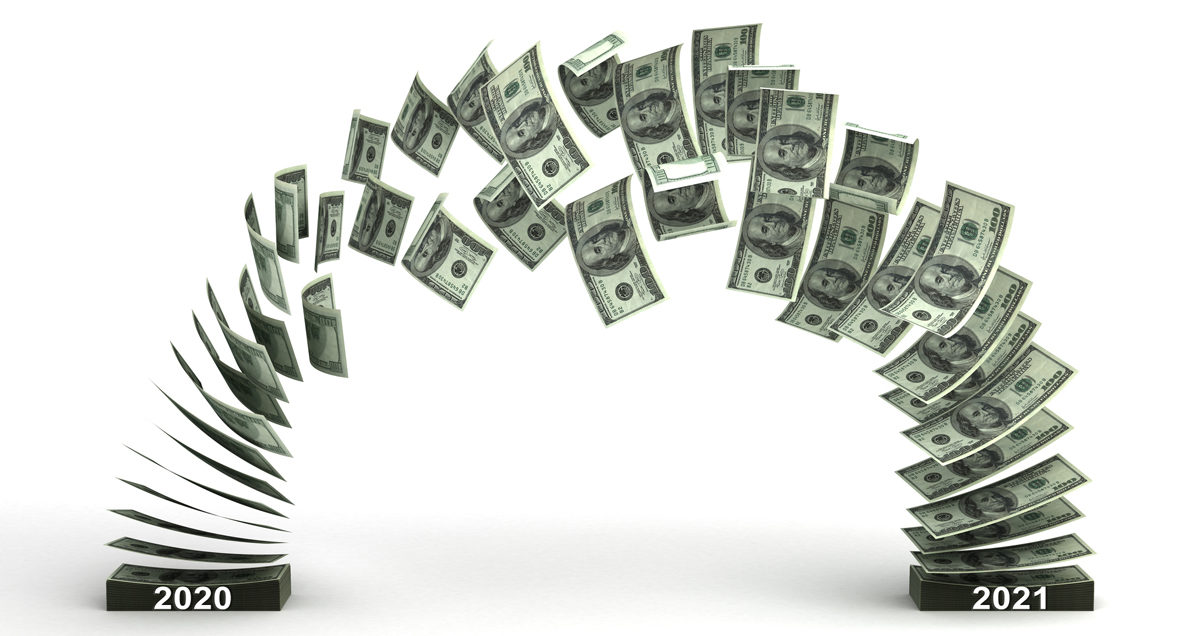
With the COVID-19 pandemic weighing on employers and employees alike, businesses can help their staff by leveraging health savings accounts to pay for out-of-pocket expenses. With increased flexibility from recent changes, more employees may see benefit from using an HSA.
In 2020 congress untethered HSAs and flexible spending accounts by changing the rules that prohibited account holders from using the funds in their accounts for over-the-counter medicines and other non-prescription health products and services. That change, which is permanent, was done through the Coronavirus Aid, Relief, and Economic Security (CARES) Act.
HSAs are a great option to help employees save for health care expenses since all unused funds can be rolled over from year to year (there is no use it or lose it penalty). HSAs also provide the potential to build a health care savings nest egg, the funds in which can be invested so they can grow.
HSA Tax Benefits
There is also the much-touted fact that HSAs offer a triple tax benefit:
- Contributions are not subject to federal income taxes;
- Earnings from interest and investments are tax-free; and
- Distributions to pay for qualified medical expenses are tax-free.
Additionally, people over 65 can withdraw funds for any purpose without incurring a penalty, although if not used for qualified medical expenses, they may be subject to income taxes.
Tips To Get The Most From An HSA:
Design a strong plan
HSAs must be tied to a high-deductible health plan and there are certain steps you can take to make them more attractive to your workers.
The HDHP plan should have a lower premium than a traditional plan in order to give your employees affordability and leftover funds to funnel into the HSA.
You can instill confidence by:
- Providing your employer contribution on the first day of the plan year to alleviate concerns about covering the deductible.
- Utilizing a Section 125 cafeteria plan to allow employees to make pre-tax salary reduction contributions.
- Putting in place a matching contribution structure to employees making salary reductions.
Educate and support your staff
Plan your HSA messaging early and way ahead of open enrollment to maximize interest. This should be a year-round educational effort that engages your staff and helps instill confidence in HSAs.
Remember, the messaging should be different depending on the age of your workers. You may need to have different approaches to educating baby boomers compared to Gen Z staff.
Help them make good decisions
You should be able to show your employees at a glance which health plans will save them money. There are tools available to do cost-benefit analyses of how much an employee spends on a health plan and if it was the most cost-effective choice.
The average employee leaves $1,500 on the table in money they could have saved on premiums had they chosen an HDHP, particularly if they don’t use health care services often.
One way to illustrate how much money they may be wasting is to provide claims-based report cards, which show whether or not they made a good choice the previous year ahead of open enrollment.
The takeaway
The goal here is to educate your workers about the power of HSAs and how having one can help them amass a substantial war chest of funds for any future expensive health care needs. If entered into early, an employee can set aside hundreds of thousands of dollars for unanticipated health care expenses.
If you provide support and education, your staff will be more engaged, resulting in them making better health care choices.
